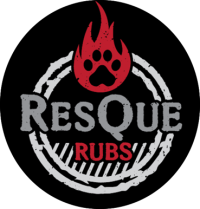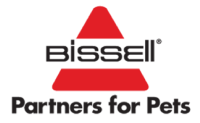_960_440.png)
Meow Mates Volunteers work one-on-one with shy, fearful, traumatized and under-socialized cats to help them become more adoptable. Volunteers will go through a comprehensive onboarding and orientation plan designed to ensure that they are fully prepared, Fear-Free certified, and supported in their efforts to create a safe, calm, and positive environment for the cats in their care. The process builds upon knowledge, hands-on experience, and ongoing education to promote the welfare of the animals and the success of the volunteers.
Phase 1: Pre-Orientation (Preparation for New Volunteers)
- Application & Screening
- Volunteers submit applications online or in person.
- Conduct brief interviews to assess experience, motivation, and availability.
- Confirm commitment to the Meow Mates Program, including the requirement of obtaining Fear Free Certification.
Participants for this specific program must be 18+ years of age
Phase 2: Orientation (First Day at Furkids)
Goal: Provide volunteers with the foundational knowledge of Furkids Animal Rescue and Shelters’ operations and procedures.
-
Introduction to Furkids Animal Rescue and Shelters
- Welcome by Volunteer Coordinator or Program Manager.
- Overview of the mission, vision, and the critical role volunteers play in the organization.
- Introduction to key staff members and their roles.
-
Facility Tour
- Walkthrough of the shelter, including the Meow Mates Program area where the cats are housed.
- Explanation of different types of feline residents (kittens, adult cats, special needs cats, etc.).
- Show how to use volunteer spaces (break rooms, restrooms, supplies area).
3. Safety Protocols and Policies
- Safety guidelines for interacting with animals (e.g., proper handling, avoiding bites/scratches).
- Hygiene procedures (handwashing, sanitization stations, etc.).
- Emergency procedures and protocols (fire, medical, shelter evacuations).
4. Volunteer Responsibilities and Expectations
- Overview of daily duties: cat care, cleaning, socialization, and enrichment.
- Introduce the volunteer scheduling system and communication tools.
- Code of conduct and how to approach the animals with care and compassion.
5. Introduction to the Fear Free Philosophy
- Brief introduction to Fear Free principles.
- Importance of a calm, low-stress environment for animals in the shelter.
- Description of how this approach benefits the cats, volunteers, and the shelter community.
Phase 3: Fear Free Certification (Post-Orientation)
Goal: Ensure all volunteers receive comprehensive training to handle animals in a Fear Free manner, allowing for positive interactions with the cats.
- Fear Free Online Training
- Volunteers must complete the Fear Free Certification course (can be completed remotely, within 1-2 weeks after orientation).
- Modules will cover:
- Understanding feline body language.
- Low-stress handling techniques for cats.
- How to create a comfortable environment for fearful or anxious cats.
- Recognizing and managing stress in animals.
- The importance of positive reinforcement.
- Certification Test
- After completing the online training, volunteers must pass the Fear Free Certification exam.
- Volunteers are required to submit their certification to the Volunteer Coordinator.
- Follow-up Meeting (Optional)
- A check-in meeting to address any questions about the certification process.
- Discuss practical applications of Fear Free methods when working with the cats.
- Opportunity to receive feedback or guidance from the Program Manager or senior volunteers.
Phase 4: Assigning Cats and Active Volunteering
Goal: Once certified, volunteers can be assigned specific cats in the Meow Mates Program to care for and assist with adoption.
-
Cat Assignment
- Volunteers will be matched with cats based on their experience, availability, and preferences (e.g., kitten care vs. adult cat care).
- Detailed profiles of assigned cats will be provided, including their personalities, preferences, and any specific behavioral needs.
-
Shadowing and Hands-on Training
- For the first few shifts, new volunteers can shadow experienced volunteers to observe best practices in action.
- The Volunteer Coordinator or senior volunteer will provide guidance during initial hands-on cat care sessions.
-
Regular Check-ins and Support
- Scheduled check-ins with the Volunteer Coordinator to ensure ongoing support, address concerns, and monitor progress.
- Continuous opportunities for feedback and refresher training on Fear Free principles.
-
Feedback & Performance Evaluation
- After 1 month of volunteering, volunteers will receive a performance evaluation, which includes feedback on their skills, interaction with cats, and their adherence to Fear Free practices.
- Recommendations for further training or adjustment to volunteer assignments will be discussed if necessary.
Phase 5: Ongoing Learning and Engagement
Goal: Ensure volunteers stay informed and feel supported in their roles within the Meow Mates Program.
-
Monthly Workshops and Refresher Training
- Provide monthly opportunities for volunteers to participate in ongoing education about animal care, behavior, and Fear Free techniques.
- Special workshops or talks with experts on topics like feline behavior, medical care, or socialization tips.
-
Volunteer Community and Recognition
- Foster a sense of community through volunteer meetups, appreciation events, or social media shoutouts.
- Provide certificates or other forms of recognition for dedicated volunteers after certain milestones (e.g., 6 months, 1 year).
Conclusion:
This comprehensive onboarding and orientation plan is designed to ensure that volunteers at the Meow Mates Program are fully prepared, Fear Free certified, and supported in their efforts to create a safe, calm, and positive environment for the cats in their care. The process builds upon knowledge, hands-on experience, and ongoing education to promote the welfare of the animals and the success of the volunteers.
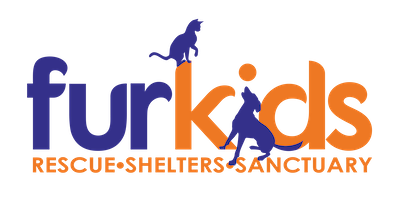
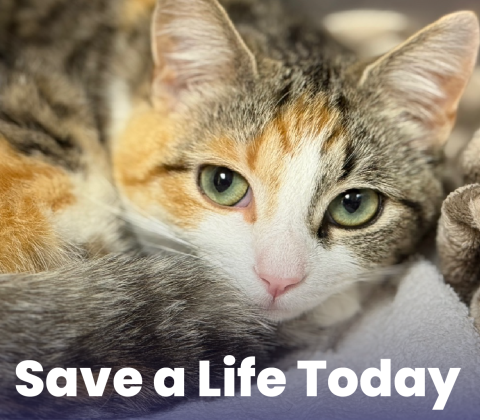







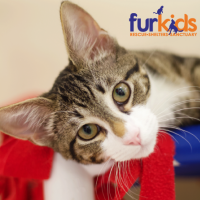





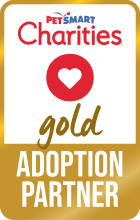
_200_49.png)



_200_175_75.JPEG)
